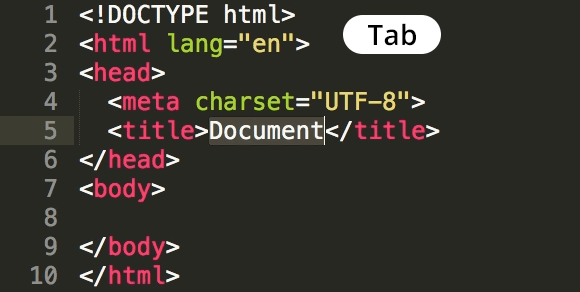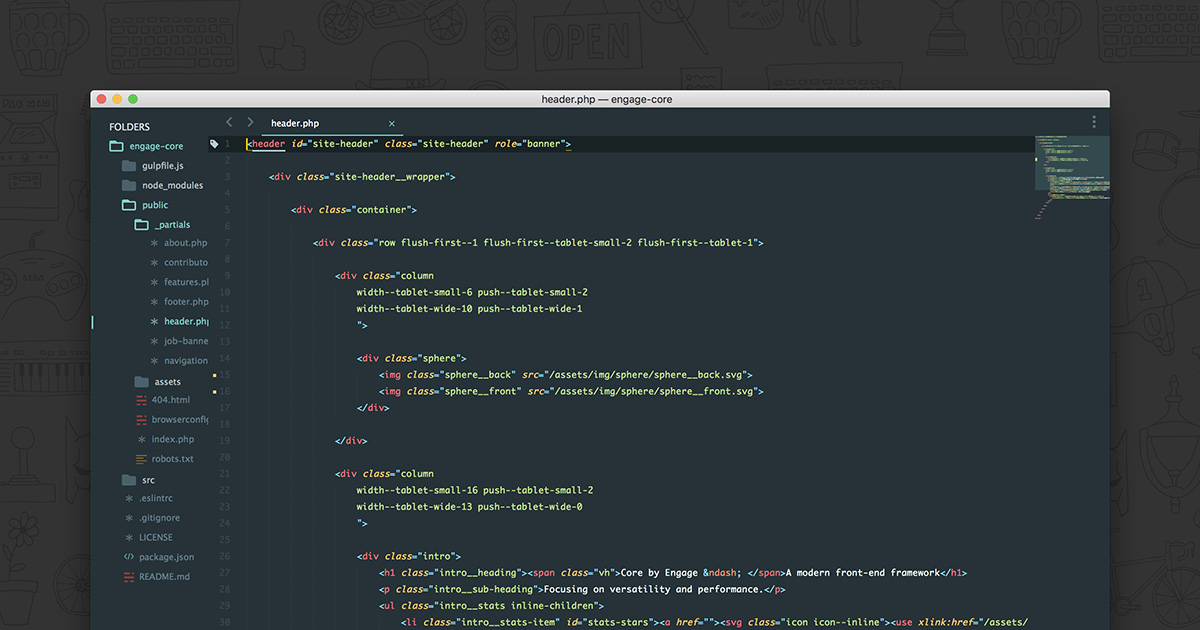

- Python text editor sublime 3 tutorial how to#
- Python text editor sublime 3 tutorial install#
- Python text editor sublime 3 tutorial code#
- Python text editor sublime 3 tutorial windows#
We also want to explicitly set the path to the correct Python version, especially on Windows, as installing NodeJS may (still, in December 2019, ugh) install Python 2.7. Go to Preferences > Package Settings > Anaconda > Settings-Syntax Specific-User. I find this too short for modern coding, and prefer Black's default. PEP-8, Python's style guide, recommends a maximum line length of 79 characters.If you'd like autocomplete for Django, you can use Package Control: Install Package to install Djaneiro as well.If you have ugly code, simply hit Control + Alt + B to format it beautifully. Black is an opinionated Python syntax formatted. Then, search for subblack using Package Control: Install Package, and install it just like you installed Anaconda. Install black on your current system with pip install black.I have never seen a syntax highlighter as good the on Anaconda provides.
Python text editor sublime 3 tutorial code#
It will make your code much cleaner, readable, and maintainable going forward. Anaconda gives you a wonderful Python environment: automagically checking for unused package imports and variables, making sure you follow PEP-8 coding style, and common syntax problems.

Type Package Control: Install Package and select it.First, install package control by follow these instructions.

I use the command line for searching text with grep, sed, and awk, and I've always felt git should be used at the command line to make sure you're doing what you think you're doing. In that case you need to modify the command you give to cmd to get it to also wait until you press a key.I like Sublime because it is lightweight when compared to a fully featured IDE, such as P圜harm or Visual Studio. You could add -i to the python command to get it to go interactive, but then you'd have to interact with the internal python REPL in order to get it to quit and close the window, which it sounds like you don't want to have to take the step to do. The result of that is that as soon as your program is finished, the window immediately vanishes before you can see what it did. Similarly, Python also quits when the program is finished. There are some general issues with this the biggest one is that as soon as cmd finishes executing the command you give it, it quits. That tells start to launch a new instance of cmd, which you're telling to run the program, so now the Python program is running in its own window. The general format of that would be something like this: start "" cmd /s /c python my_file.py In order to run the program in a new window, you need to use the start command, which launches a new program. you're telling cmd to run a command, but it's still running in the current window, which is not what you want. However if you do that in an existing command prompt, the result is just to run the program in the current window i.e. In your case you want to use Python to execute a program, so that might look something like the following to get Python to execute my_file.py.
Python text editor sublime 3 tutorial windows#
In Windows, you can use a terminal command like cmd /s /c something to tell the Windows cmd.exe that it should execute the command something.
Python text editor sublime 3 tutorial how to#
In this case, what you want to do is spawn a new cmd window and do something inside of it the fact that you're using Sublime is thus not interesting in the grand scheme of knowing how to do that, which might be why your search didn't turn up any results.

The rule of thumb for build systems in Sublime Text is that if you can craft a command line that, when executed manually in the terminal/console, will give you the effect that you want (and that command doesn't require interactive input), then you can turn it into a build system.


 0 kommentar(er)
0 kommentar(er)
